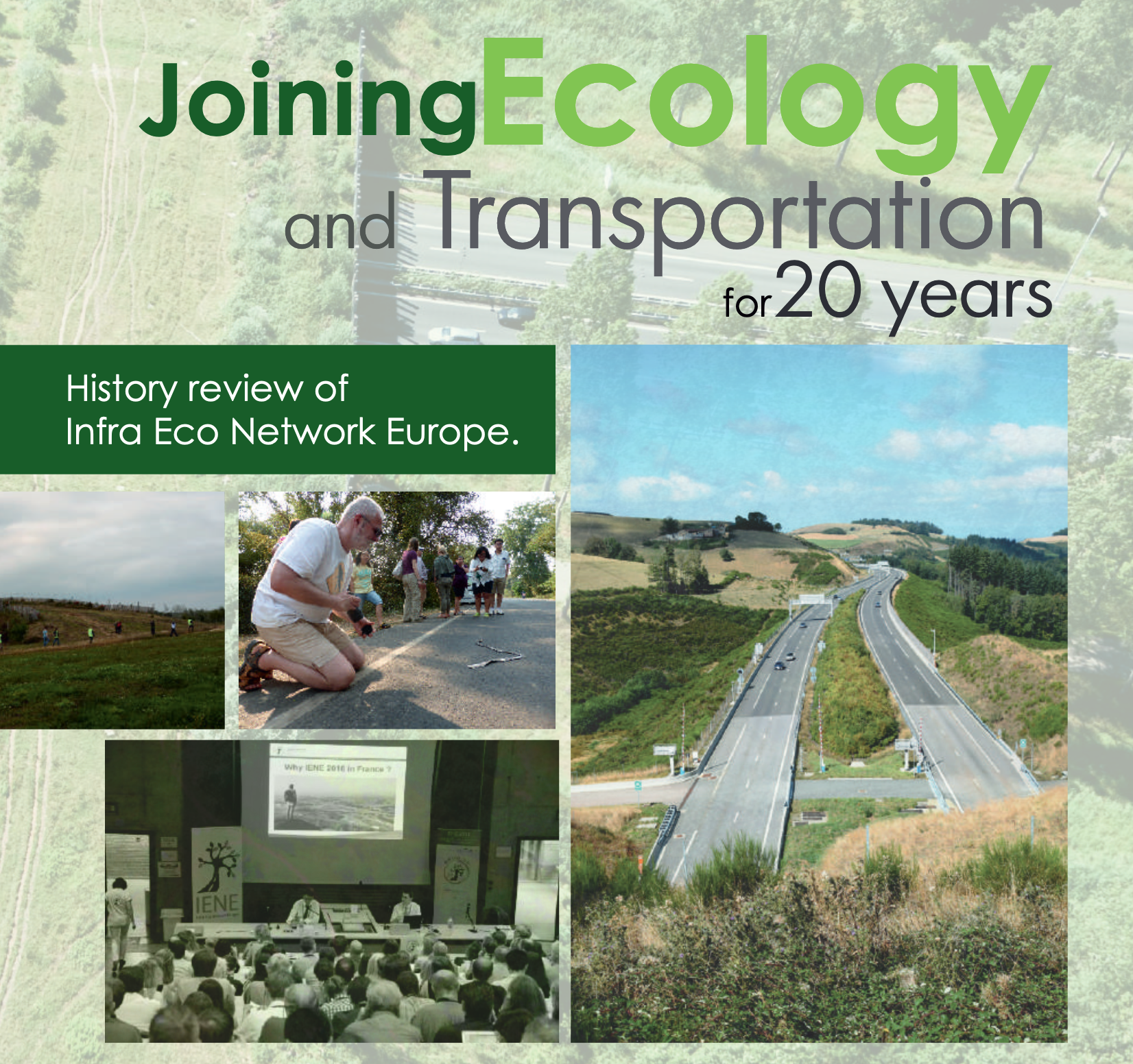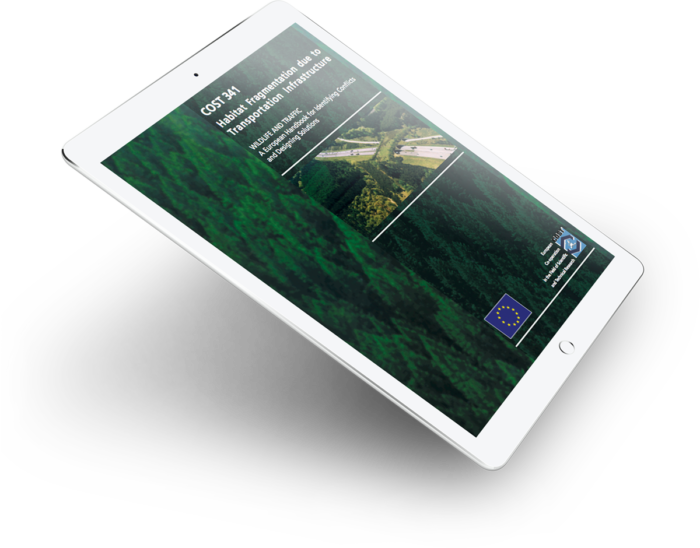
In 2016 IENE completed 20 years of history on joining Ecology and Transportation. The review of IENE history and its results published in 2018 and can be downloaded by the following link.
Formation of a network in 1996
The establishment of IENE in 1996 was originally an initiative of the Road and Hydraulic Engineering Division of the Dutch Ministry of Transport, Public Works and Water Management. It was based on the conclusions of the International Symposium on Habitat Fragmentation and Infrastructure that was organised by the Road and Hydraulic Engineering Division, Directorate General of Public Works and Water Management of the Ministry of Transport, Public Works and Water Management in the Netherlands in 1995.
During the symposium, 135 participants from more than 25 countries met and discussed the effects of habitat fragmentation caused by infrastructure. The symposium proposed the formation of an international network, IENE, in order to jointly address these issues, share resources and find harmonizing solutions to the common problems.
Various funders
Until June 1998, IENE had been financially supported and coordinated by the Road and Hydraulic Engineering Division in the Netherlands. Then the coordination was taken over by the Swedish National Road Administration. After additional two years by the Institute of Nature Conservation in Brussels, Belgium, who maintained coordination upon the completion of the COST-341 Action at the IENE conference in 2003. Over 21 countries had been officially affiliated with IENE at this time.
A dormant period
In the following years, after 2003, the network however remained dormant until in April 2008, when 18 European countries met in the Hungarian city Nyíregyhàza to discuss the needs and possibilities to re-activate IENE.
It was the unanimously conclusion of the participants that there is a need for a new and more active IENE at European level, especially with respect to the ongoing expansion of transport infrastructure in Eastern-European countries and the threat of a climate change. An interim steering committee was formed to establish a new IENE secretariat, update statutes and website, and ensure future funding.
Reactivated in 2009
The new IENE organisation was officially reactivated at the IENE General Assembly in Portugal, April 2009. A new Governance Board was established and the General Assembly agreed upon a Memorandum of Understanding, setting the basis for the new IENE.
A step further in 2018
To face the increasing challenges of and demand for biodiversity mainstreaming in the infrastructure sector, IENE has been evolving toward a more solid and independent organisation. IENE General Assembly in Eindhoven, Netherlands which took place on 11 September 2018 enacted the transition for IENE to become a European association created under French law. It created a renewed steering committee named “Governance Board” as well as a Scientific and Expert Committee to strengthen the expert oversight of its activities. As an association, IENE enables its members to have a more active role in decision-making and the implementation of IENE activities. As a legal entity, IENE can participate to relevant projects and raise funds for its community of researchers and practitioners.
